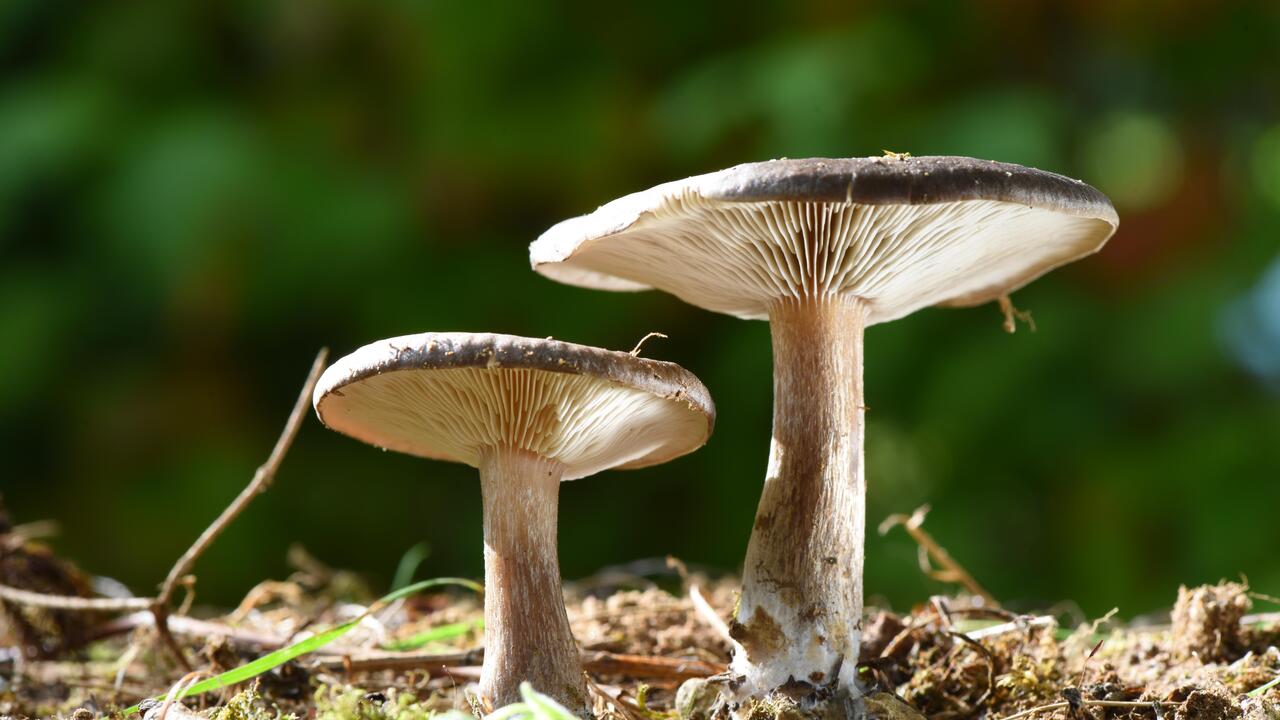The basis for this was the threadlike structures of fungi, called mycelium. Scientists grew the mycelium in a special nutrient medium, after which a film formed on the surface.
By cleaning and drying it, the researchers obtained a thin material similar to skin. It preserved the functional nodules of the mycelium, which could come back to life and grow more fibrous material.
After the material was drilled and treated with a nutrient solution, the nodules came to life and the mycelium filled the drilled holes. Despite visible signs of restoration, the new material was as solid as the undamaged areas.
According to scientists, in the future this technology can be used to create leather products that can independently recover from damage.
Source: Ferra
I am a professional journalist and content creator with extensive experience writing for news websites. I currently work as an author at Gadget Onus, where I specialize in covering hot news topics. My written pieces have been published on some of the biggest media outlets around the world, including The Guardian and BBC News.










